How do you go about implementing a competency framework? We’ve put together a checklist for embedding a competency framework in any organisation. Building on our article about competency frameworks in the age of Agile, we wanted to share our experience embedding competency frameworks with our clients. Let’s start with some of the basics around competency frameworks. A competency is a behavioural input necessary to successfully carry out a task. If you were interviewing a candidate for a job, the behaviours you would need include being able to ask questions, listen to the answer, record the responses, and rate the candidate against set criteria. The competencies involved here might be called verbal communication (questioning and listening) and Judgement (making a decision about the quality of the response).
Any credible competency framework needs to be designed in close collaboration with users. This is a good start, but without building tools and resources that can be used in everyday situations, users will struggle to apply it. According to the latest guidance on competency frameworks from the CIPD, implementing a framework is largely about communicating it well and training people up on it, particularly managers.
However, if you are finding yourself having to constantly train and explain your competency framework to users, then it could be a sign that either the design is not fit for purpose OR you haven’t got a robust approach for embedding it. So, if your competency framework design principles have been satisfied and the pilot has been a success, what do you need to consider? If you don’t want a big bang launch to turn into a fizzle, here are our tried and tested approaches for sustained impact:
Checklist for Implementing a Competency Framework
Self-Assessment Tool
- What does it mean for me? Being able to reflect on the competencies and really consider what it means to me is a crucial sense making activity. Without a self-assessment tool, it is easy for anyone to ignore it or simply act like it doesn’t apply to them. With a large audience, you can build a sophisticated online assessment tool like the CIPD have done with their Profession Map. They have over 160,000 members so the user case for a comprehensive online assessment is strong, especially when you are in the business of awarding professional qualifications at different levels. This is out of reach for most small and medium sized organisations, so what can you do instead? With almost any budget you can build a self-assessment tool using a spreadsheet or use a free online tool like survey monkey to help your audience reflect on where they are at.
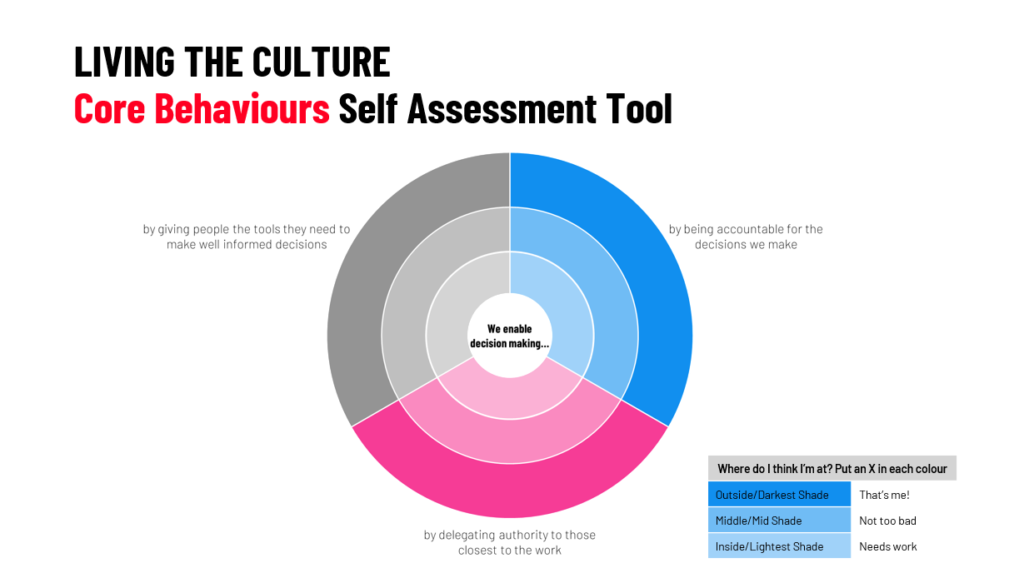
User Guide
- Everything you need to know about it in one simple document! What you don’t want is a 50+ page PDF which has exhaustive definitions of the competencies but no resources, tools or guidance on actually using it. Unfortunately this is all too common. Think about (and ask!) your audience what they really need to get using it. Employees want to know things like how it is applied in interviews, how to use it in a development discussion with their boss, or how it maps to the ILM apprenticeship they are studying for. Make this a go to resource for staff, managers and people professionals so everyone can get on the same page. For a recent client, we worked with a representative group of HR professionals and managers to create a User Guide which acted as the key trusted resource to get started.
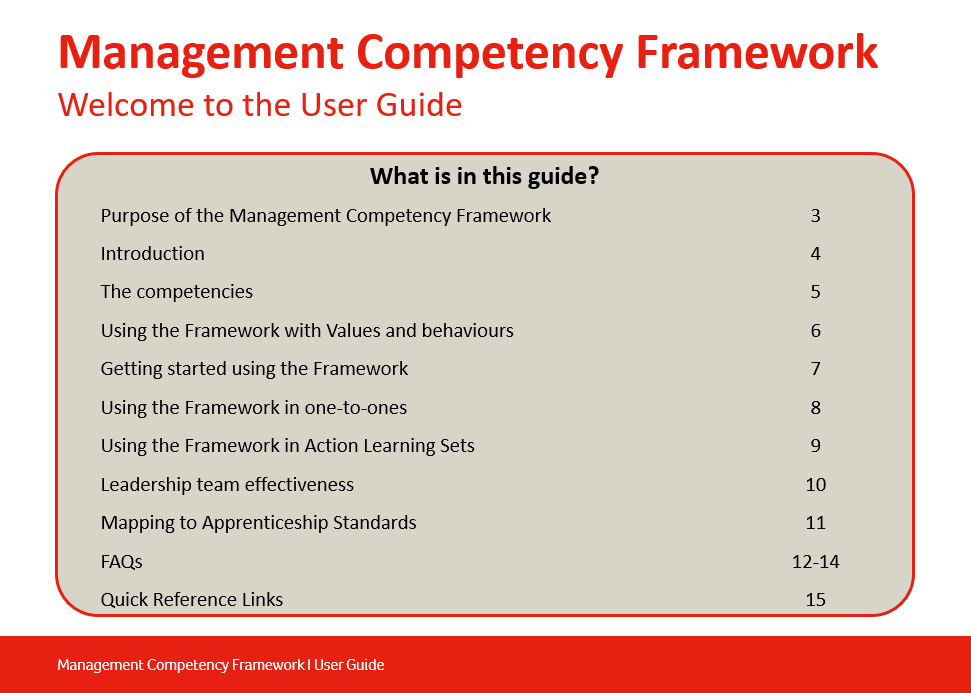
Include in Job Description or Person Spec
- Hard wire the competency framework into foundational documents that define your job roles. If you use a traditional Job Description you may want to include a table of the competencies and their definitions. A simple drop down or tick list template can make defining a new job or updating a person specification easy. You may want to consider a more modern approach such as the Job Canvas which manages to be more comprehensive AND quicker to complete.
Clarify how behaviours link to tasks
- A well designed competency framework should contain the behaviours you need to carry out your job successfully. But what are the specific tasks or activities that each competency relates to? Let’s take a classic example: commercial acumen. It sounds important and can often end up on a development plan. So before you sign up for an expensive business school program, you need to know exactly where you are going to apply it. Commercial acumen is likely to be an important competency for writing a business case or developing your business plan for the next 12 months. Clarifying the link between a competency (the input) and the job it enables you to carry out (the output) is crucial for understanding how and when it applies. It also helps avoid the common problem of picking up knowledge but failing to apply it, which means it is forgotten. Time and money on learning wasted.

Flexibility in application
- Most people think that the more proficient they are against a set of competencies the better they perform in the job. This is not necessarily the case. Research shows that having a good level of proficiency across a set of competencies does NOT lead to high performance. In fact, the best performers excel in only a few competencies. Research across professions including teachers, pub landlords and doctors, shows top performers didn’t even excel at the same few competencies! Having flexibility in the application of competencies means giving people choices about which competencies are most important for them, and which ones they focus their development time on. Don’t make the mistake of driving everyone to be good at everything. You are likely to end up with everyone being average at everything and not excelling in anything.
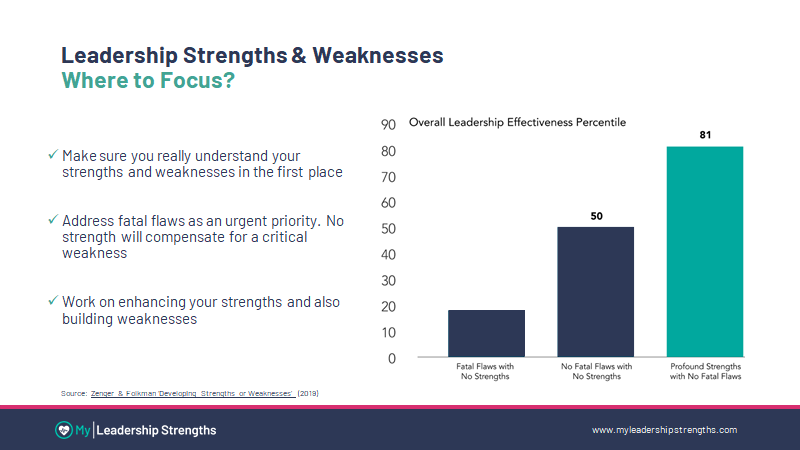
Bite size briefing sessions
- Expecting everyone to rock up to a half day workshop on your new framework won’t be viewed by many as the best use of their valuable time. You need to cut to the chase. You need a well crafted session that gives your audience the all-important ‘What’s in it for me’ (WIIFM). A high impact session that sets expectations about its use, and clarifies how it all works. This needs to be interactive as well as informative – not just a passive presentation to a group. An approach that worked really well for a client was to get a slot at divisional management team meetings. This was time that was already in diaries and got to the most senior stakeholders effectively. The outcome of this briefing was a personalised communication to all staff from their functional Exec. Use familiar communicaiton channels. Follow up with scheduled bite sized sessions that anyone could book into at a time that suits them.
Self-directed learning resources
- A common mistake is to describe all the framework behaviours, but not provide practical guidance on how to develop them. If support is provided, it tends to be in the form of a training course or e-learning modules. According the Nick Shackleton-Jones, leading author, there are two main ways for an employee to address a performance gap. There are either by ‘Accessing resources’ or through ‘Learning experiences’. Accessing resources is all about having relevant, on demand resources which are easy to access. These could include checklists, reflection questions, articles to read, videos to watch or exercises to work through. Curating great resources that support your competency framework puts the learner in control. It empowers them to take action. Check out our short Video on our QPT Self assessment and how it incorporates self directed learning resources.
Interactive tools to drive conversations
- When it comes to developing new behaviours, dialogue is the key to success. In many ways, learning is a social process, because dialogue (AKA conversations) fuels our understanding. It opens up new ideas and options, and gives us agency. A good conversation can be a powerful thing. So how can a competency framework be used to drive great conversations? The answer is about providing well designed, practical tools like cards, conversation maps, games and exercises. They tap into our curiosity and get us engaged. We have refined a method for transforming static competency documents into innovative card sort exercises for 1:1’s and groups.

These are the most effective elements that in our experience are key to implementing a competency framework. There are ways to further the embedding and use of competency frameworks that may be appropriate. These include building it into your performance management approach, or putting it at the heart of your selection process.
Consider Your Options to Avoid Failed Implementation
What are the best options to consider when implementing a competency framework? Understanding your alternatives and selecting the most appropriate for you can save time and money. Explore the following routes when you are considering a new competency framework:
1. Bespoke competency framework
The framework is built from scratch using input from organisational stakeholders and external bench marking. This could be a behavioural framework for all employees, and leadership competency framework for managers. It could be a functional competency framework for a defined professional group e.g. Product Managers. The advantage of this option is that the competency framework matches your requirements precisely. If done well it should make implementation less of a worry. This approach relies on co-creation to ensure a high degree of user involvement from the start of the design process. Time and effort taken up front typically pays dividends at the implementation stage. In other words, the framework will have strong credibility and advocacy from those involved.
2.Tailored framework
This takes an existing framework and adapts it to fit the key needs of an organisation. Drawing on existing general competency frameworks such as the SFIA global skills and competency framework or a function specific framework like the CIPD Profession Map (for HR Professionals) can save time. The advantages of this approach are that they are standardised and recognised across different countries and industry sectors. They are comprehensive i.e you won’t accidentally miss anything out. In fact you can cut out the bits that aren’t relevant for you to make things more straight forward.
The disadvantage is that the framework might not always meet your needs. For example being too rigid with multiple levels, or using language that just doesn’t resonate with your people or culture. In this case, pay careful attention to establishing clear design criteria to ensure that your framework of choice is really the right option for you.
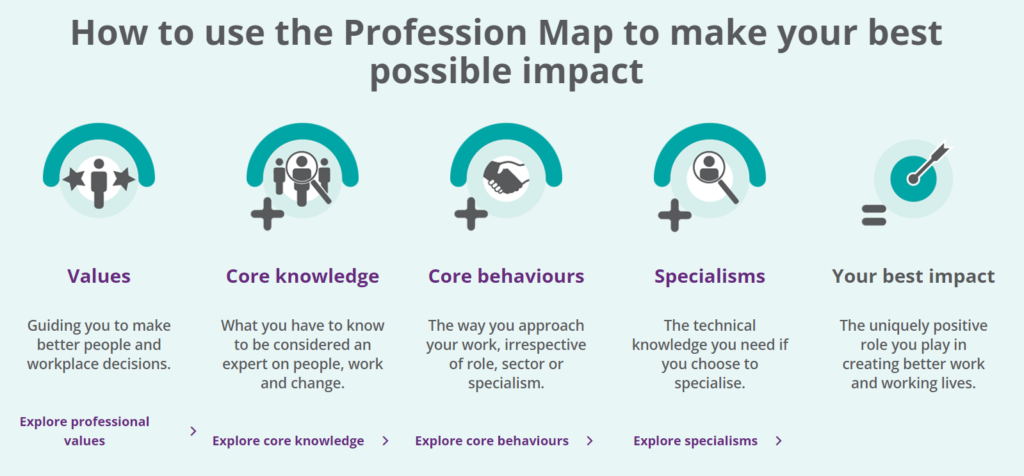
3: External framework
Taking an existing framework and implementing it in your organisation is the ideal option if you lack time, resources or internal capability to deliver something tailored or bespoke. Often the preferred option for a smaller organisation that is growing quickly, it can provide vital structure and process ‘out of the box’. In our experience, this approach works best when targeting a specific audience group with particular needs, such as management roles. This helps to avoid the challenges of creating advocacy and understanding across the whole organisation. Typically, implementation of an external competency framework will be focused in a specific aspect of the employee life cycle.
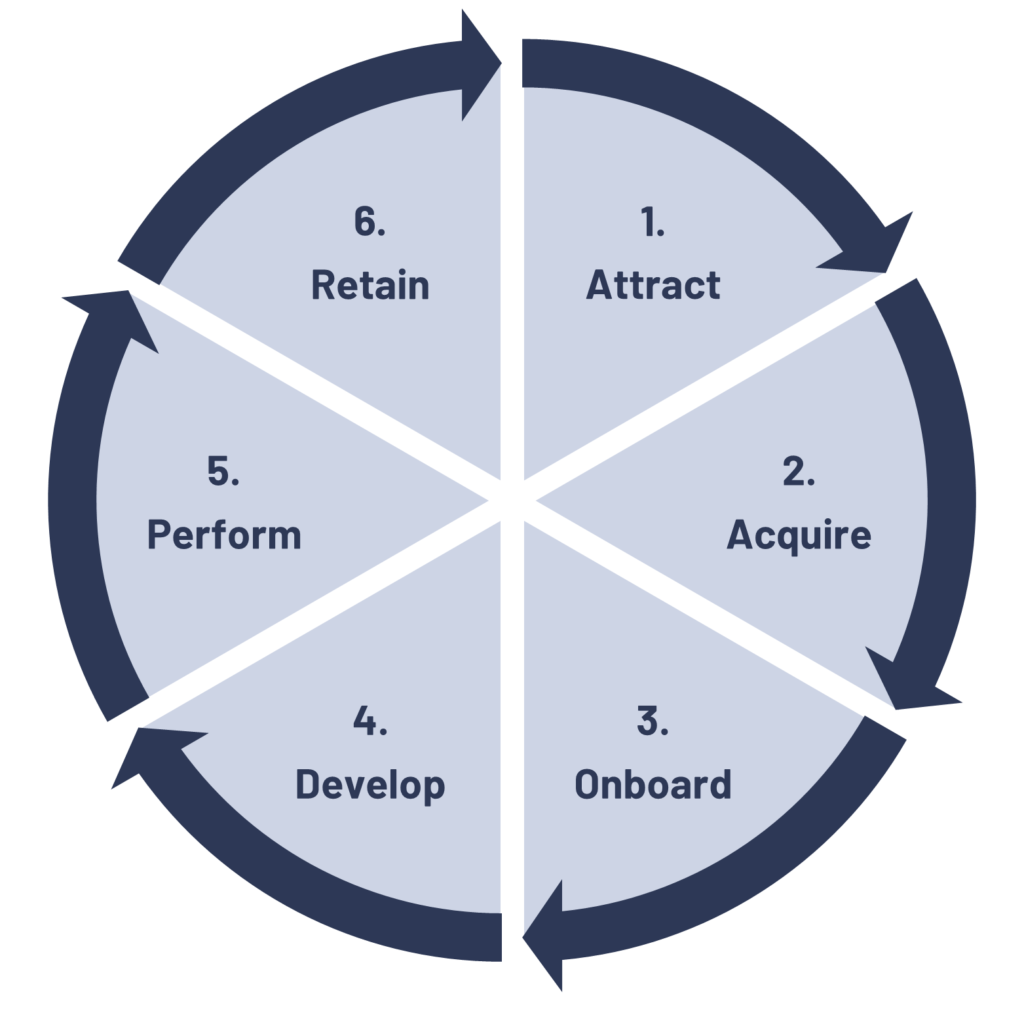
Focusing in on a specific audience group or applying only for development reduces the risk of failed implementation. It gives an opportunity to test things out before making any further commitment. The My Leadership Strengths Capability Framework can be applied to support different stages of the employee life cycle.
If you would like to know more about implementing a competency framework on your organisation, talk to us:

